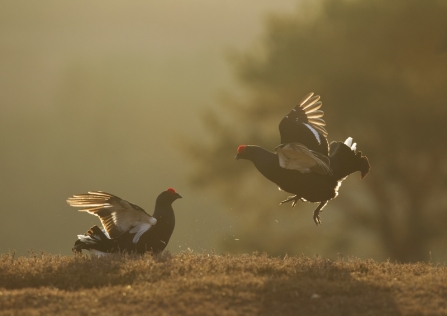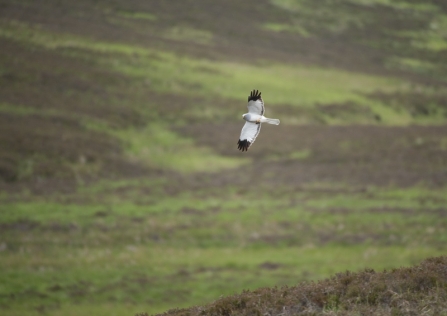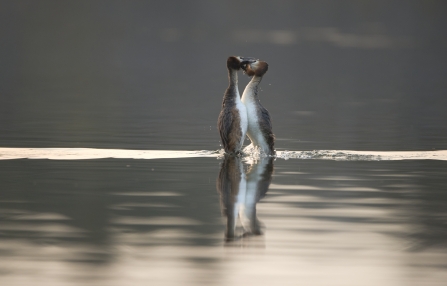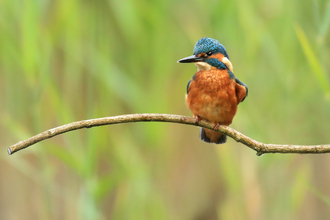Here are eight animals that put on particularly wonderful – and sometimes downright weird – displays to attract a mate.
Smooth newt
Smooth newts wake up from hibernation on mild February nights to take part in an elaborate courtship ritual. The male raises his impressive crest, trembles and then whips his tail back and forth against his body, wafting chemical signals towards the object of his desire. The more extravagant his crest, the worthier a mate he is, and if the female is impressed she’ll take the packet of sperm he has dropped to fertilise her eggs. How romantic.








